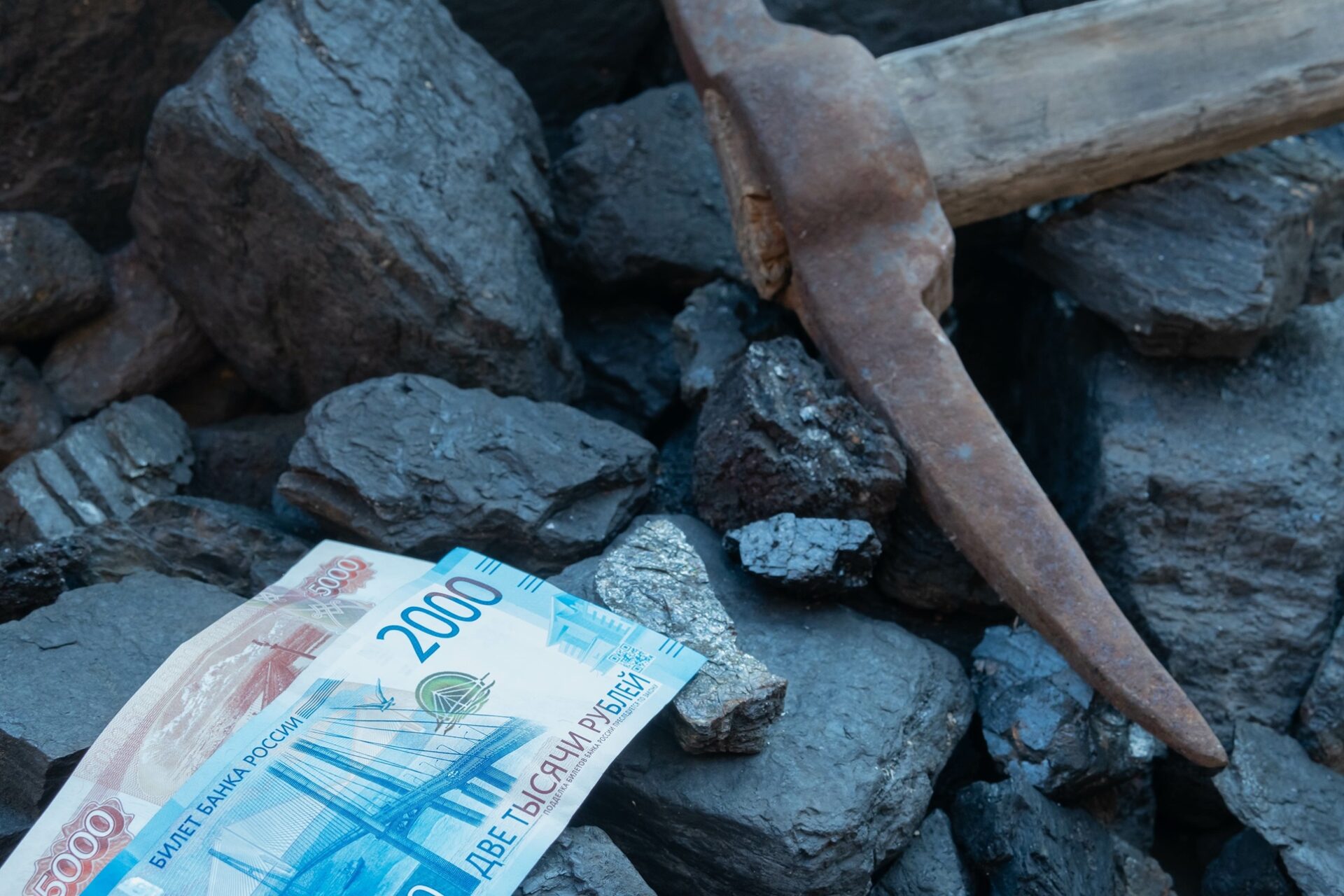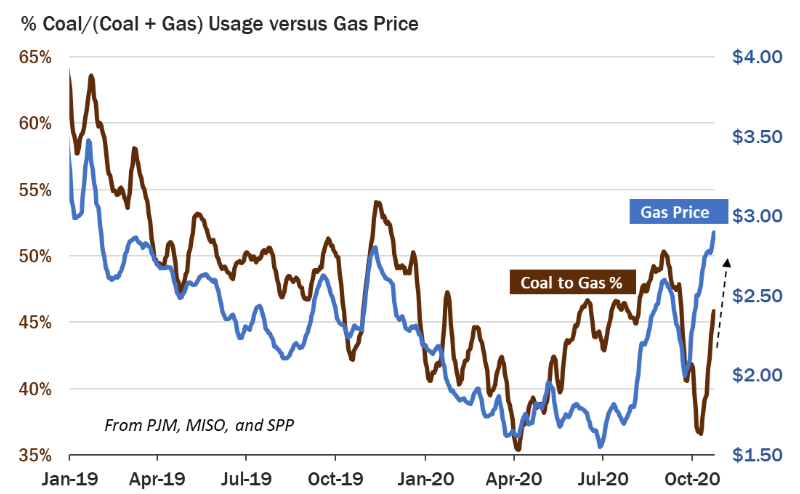

A decrease in average daily temperatures in a number of European countries, as well as the uncertainty with the launch of Nord Stream 2, have strengthened thermal coal quotes on the EU market above 165 USD/t.
The output of coal-fired power plants in Germany amounted to 10.8 GW, which corresponds to the utilization rate of more than 80%. Sustained coal demand pushed costs of allowances on the European Emissions Trading System to new historic highs of 72.9 EUR/t, the highest since the instrument was listed in 2005. German authorities announced coal phase-out by 2030.
South African coal prices exceeded 160 USD/t, driven by a number of factors, including extremely low coal inventories at Richards Bay terminals (2.2 mio t), ongoing issues with the rail line connecting South Africa’s coal producing provinces and Richards Bay port as well as growing demand from Indian consumers, who returned to the market after a nearly 3-month break.
In China, spot prices for 5500 kcal/kg NAR slightly increased, staying in the range of 175-180 USD/t, FOB Qinhuangdao, due to lower average daily temperatures in several Chinese provinces. Any significant increase in Chinese quotations is unlikely in the foreseeable future, given the strong surge in production in China’s mining provinces and the government’s ongoing measures to curb higher coal prices.
As a result of floods and adverse weather in Australia’s Hunter Valley mining region, delayed coal shipments led to an increase in the price of Australian material above 170 USD/t.
Lower trading activity of Chinese consumers, as well as heavy rains in Indonesia’s Kalimantan, weakened indices of Indonesian material 5900 kcal/kg GAR to 140 USD/t.
Weak demand for metallurgical material on the Asia-Pacific market had a negative impact on coking coal prices, which fell below 320 USD/t.
Source: CAA Analytics













